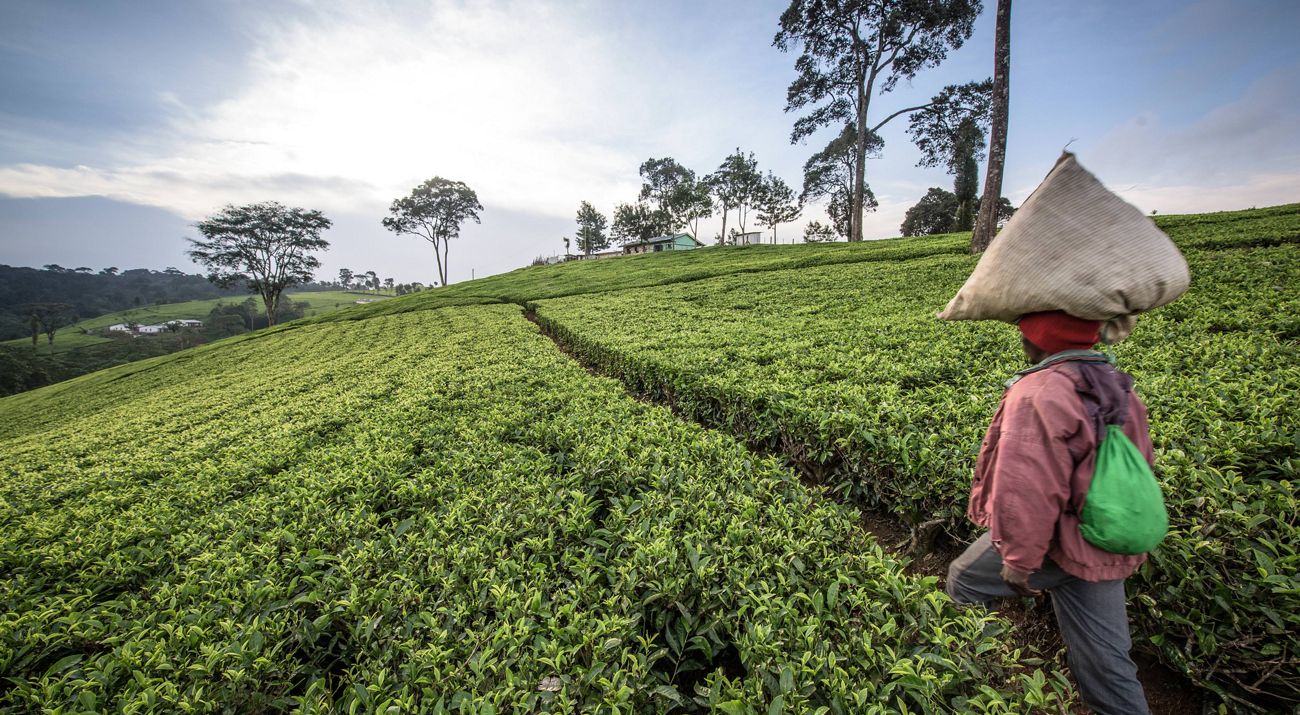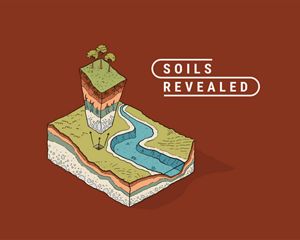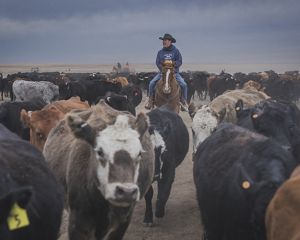Three Things to Know About Nature-Based Solutions for Agriculture
The UN FAO, TNC share policy & finance pathways for healthier food systems—plus the state of the science.
Farming is one of many sectors defined by technological advancement in the twentieth century, and navigating dramatic environmental changes in the twenty-first—among them, increased uncertainty in weather patterns, water insecurity, and soil degradation. This puts farmers on the front lines: how can producers serve a growing population of consumers with twentieth-century appetites, even as the very foundation of a productive food system—healthy lands and clean water—are disappearing at alarming rates?
The answer? Let nature define the solutions for twenty-first century farming.
In three new reports, the UN Food and Agriculture Organization (FAO) and The Nature Conservancy (TNC) share the potential of Nature-based Solutions (NbS) in agriculture to deliver nutrition for people worldwide while restoring nature and the climate—contributing to multiple imperatives of the 2030 Sustainable Development Agenda. Here are three things to know about the science, policy and finance that can help producers around the globe lead the transition to a regenerative, or nature-positive, food system.
1.
What are Nature-based Solutions for agriculture?
Put simply, Nature-based Solutions (NbS) seek to maximize the ability of nature to provide ecosystem services that help address a human challenge, such as climate change adaptation, disaster-risk reduction or, in this case, food production. The science has grown increasingly clear in recent years: NbS can deliver a triple benefit when deployed properly, supporting agricultural production and resilience, mitigating climate change, and enhancing nature and biodiversity.
NbS encompass a range of practices that in many cases have been honed by Indigenous stewards or known to advocates of “conservation agriculture,” but remain underutilized in mainstream agriculture—for example, integrating native flora into cattle pastures or restoring habitats crucial to watershed health. While approaches like these are gaining widespread attention from diverse industries and actors, some key obstacles have stalled efforts to bring them to scale at the pace needed to protect biodiversity and mitigate further climate impacts.
Explore the science: “Nature-based Solutions in Agriculture – Sustainable Management and Conservation of Land, Water and Biodiversity” details the recognized NbS co-benefits in a literature review of more than 300 papers.
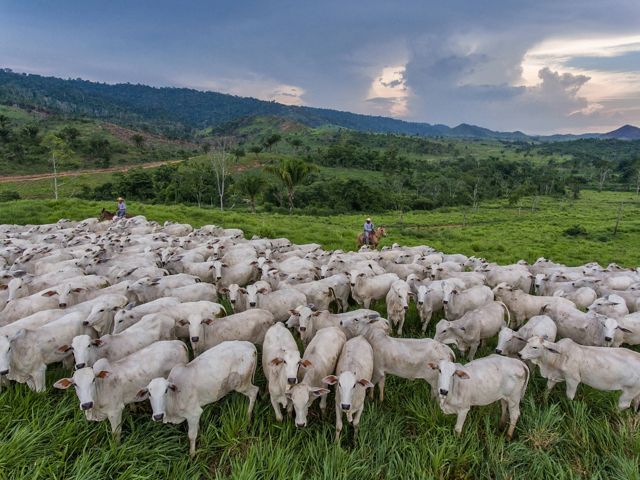
2.
What does NbS mean for farmers—and those of us who depend on them?
With more than half of Earth’s habitable lands currently used for agricultural production, farmers and other food producers are positioned to be some of the most important stewards of the world’s lands and water resources. Transitioning to nature-positive production practices will generate returns for these essential workers, their investors and the planet—but they can’t do it alone.
Due to a number of market failures, the societal benefits of NbS may manifest more quickly than direct benefits to the food producers. While communities can expect to benefit from better air, water and soil quality relatively quickly, these improvements are not directly reflected in farm commodity prices—that is, farmers aren't compensated for generating societal goods. Add that to the fact that many financial incentives currently favor unsustainable production methods, and it’s clear the playing field doesn’t favor NbS alternatives.
In truth, as much as life on Earth depends on a nature-positive food system, the upfront costs and risks of transitioning to NbS render the option inaccessible for many food producers. Family-owned farms manage almost 75% of the world’s agricultural lands. Marginalized farmers, many of whom are women, face particularly severe resource constraints and are often poorly positioned to overcome these barriers.
As long as economic incentives discourage a nature-positive path, it is very unlikely these individuals will take on the added costs and risks of transitioning to a new way of farming, even when the long-term financial benefits favor such a choice. Yet given that more than 80% of the world’s farms operate on less than two hectares of land, their participation is critical to a nature-positive agricultural system.
Explore case studies: In “Nature-based Solutions in Agriculture – The Case and Pathway for Adoption,” see examples from diverse food growing regions that show how a coordinated approach to NbS can benefit people and nature.
3.
So, how can our institutions bring NbS to scale quickly and equitably?
Policy instruments, especially those that help reduce risk and liquidity constraints, will be key to achieving widespread adoption of nature-based agricultural practices. However, only an inclusive transition can be truly efficient—as mentioned above, a global food system demands global solutions.
Successful transitions to Agriculture Nature-based Solutions (Ag-NbS) usually require an ecosystem of actors—including NGOs, policymakers, corporations and others—loosely coordinating their efforts and thoughtful policy and institutional engagement. Investments should be designed to enable resource-poor farmers to adopt nature-based agricultural practices, and recognize the role of smallholders, rural communities and Indigenous peoples in this transition.
Through a diverse set of on-the-ground experiences, TNC and the FAO have identified best practices for the implementation of agricultural NbS to aid project designers, proponents and conservation practitioners seeking to secure repayable project financing for new projects. Crucially, the partners urge project designers to rethink their approach to securing funding—namely by addressing barriers from the very outset of project development.
In spite of the aforementioned “uneven playing field,” investors report they want more opportunities to invest in high-quality Ag-NbS projects in agriculture—unsurprising, perhaps, considering some of the most powerful figures in investment banking have publicly recognized that the future of every aspect of the global economy depends on how we reckon with nature now. Deploying Ag-NbS in agriculture represents a path-defining solution for all life on Earth. This transformation, however, will require our investment—in farmers, in nature and in ourselves.
Explore the finance guide: TNC and the FAO outline recommendations for conservation practitioners and project developers in “Nature-based Solutions in Agriculture – Project Design for Securing Investment.”
Our Goals for 2030
Our planet faces the interconnected crises of rapid climate change and biodiversity loss.
the time for action is nowResources
-
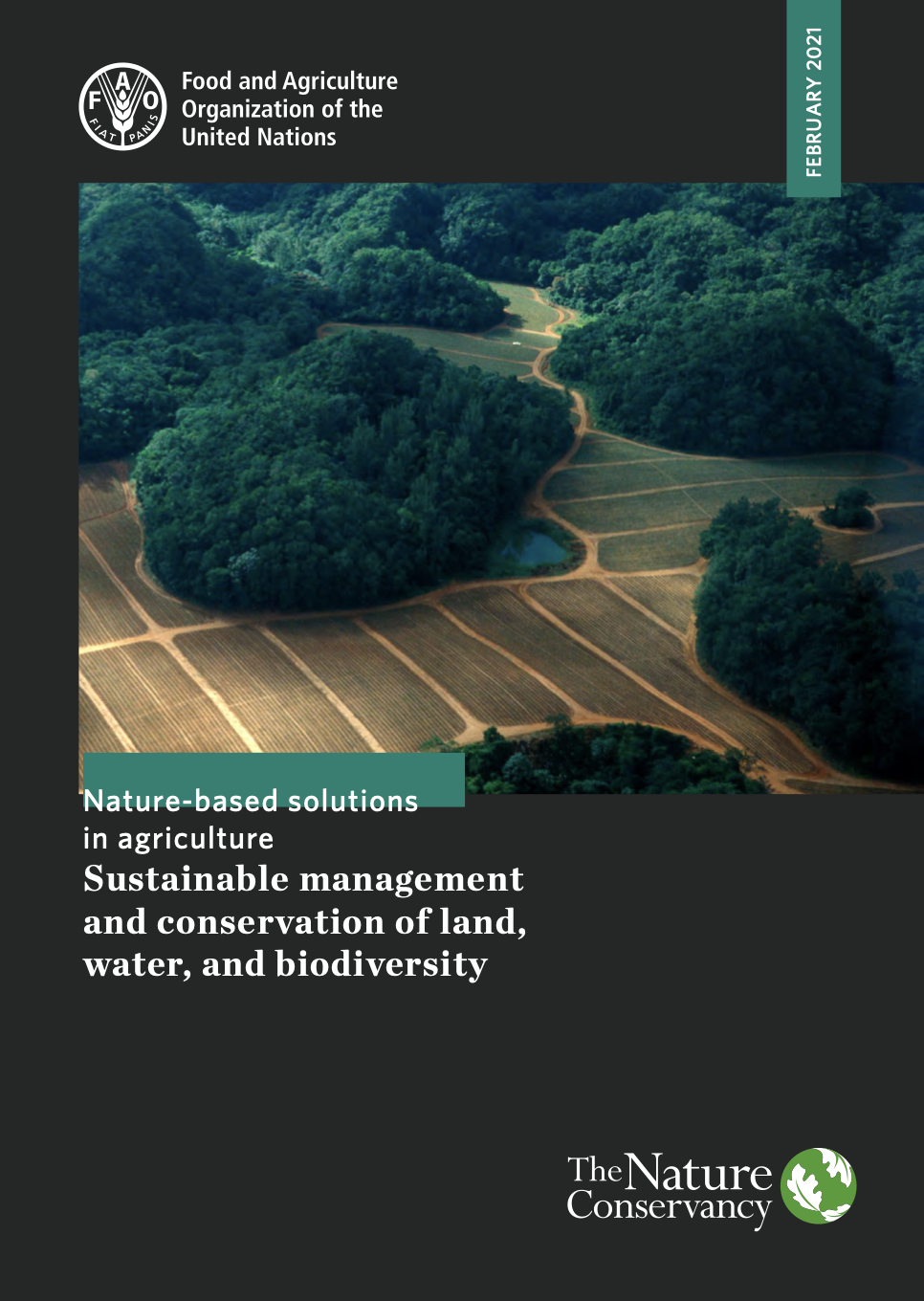
Ag-NbS: Sustainable management & conservation
Explore the science behind NbS, including a literature review of more than 300 peer-reviewed papers.
DOWNLOAD -
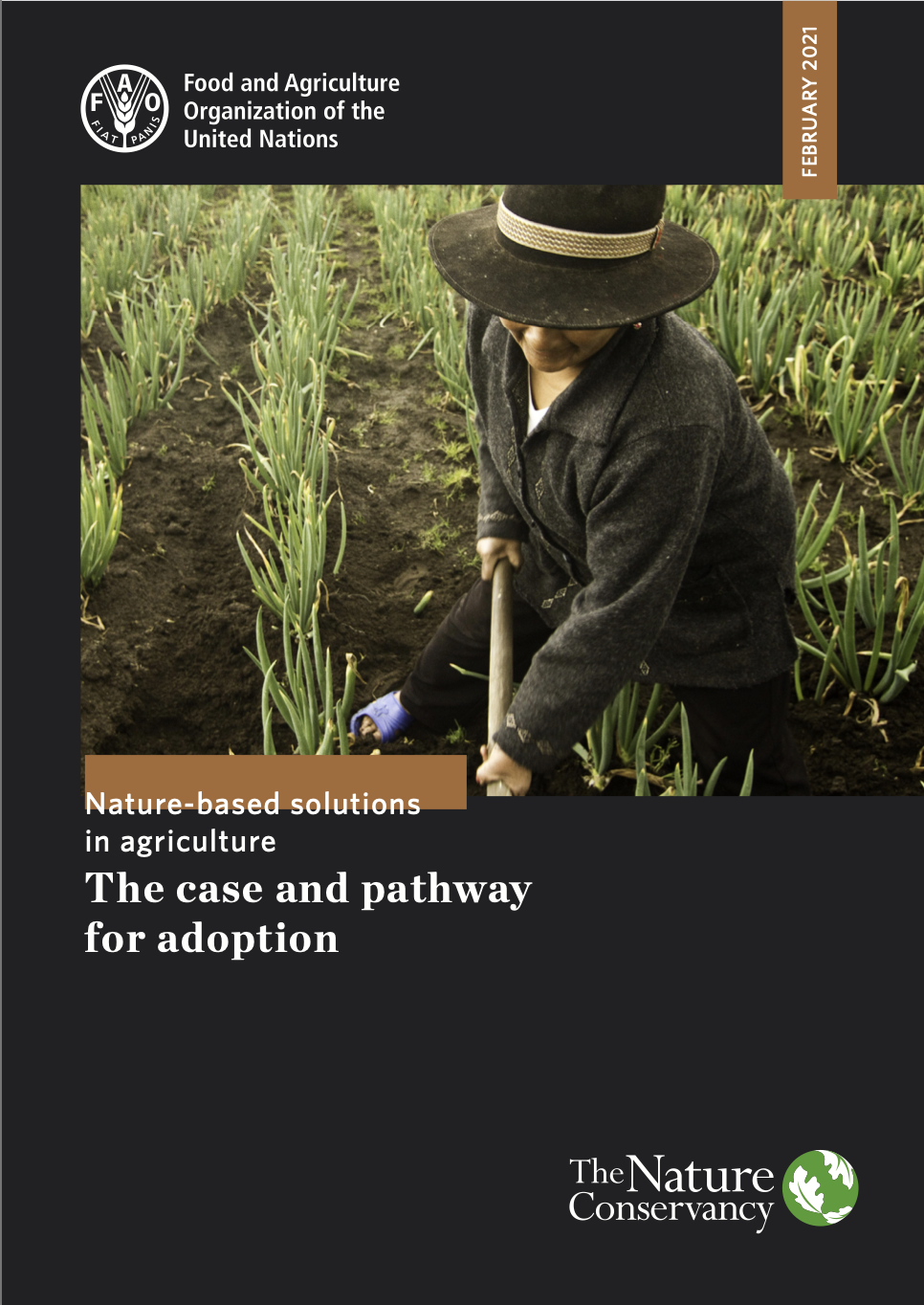
Ag-NbS: The case and pathway for adoption
PDF
Case studies from diverse food-growing regions show a coordinated approach can benefit people and nature.
DOWNLOAD -
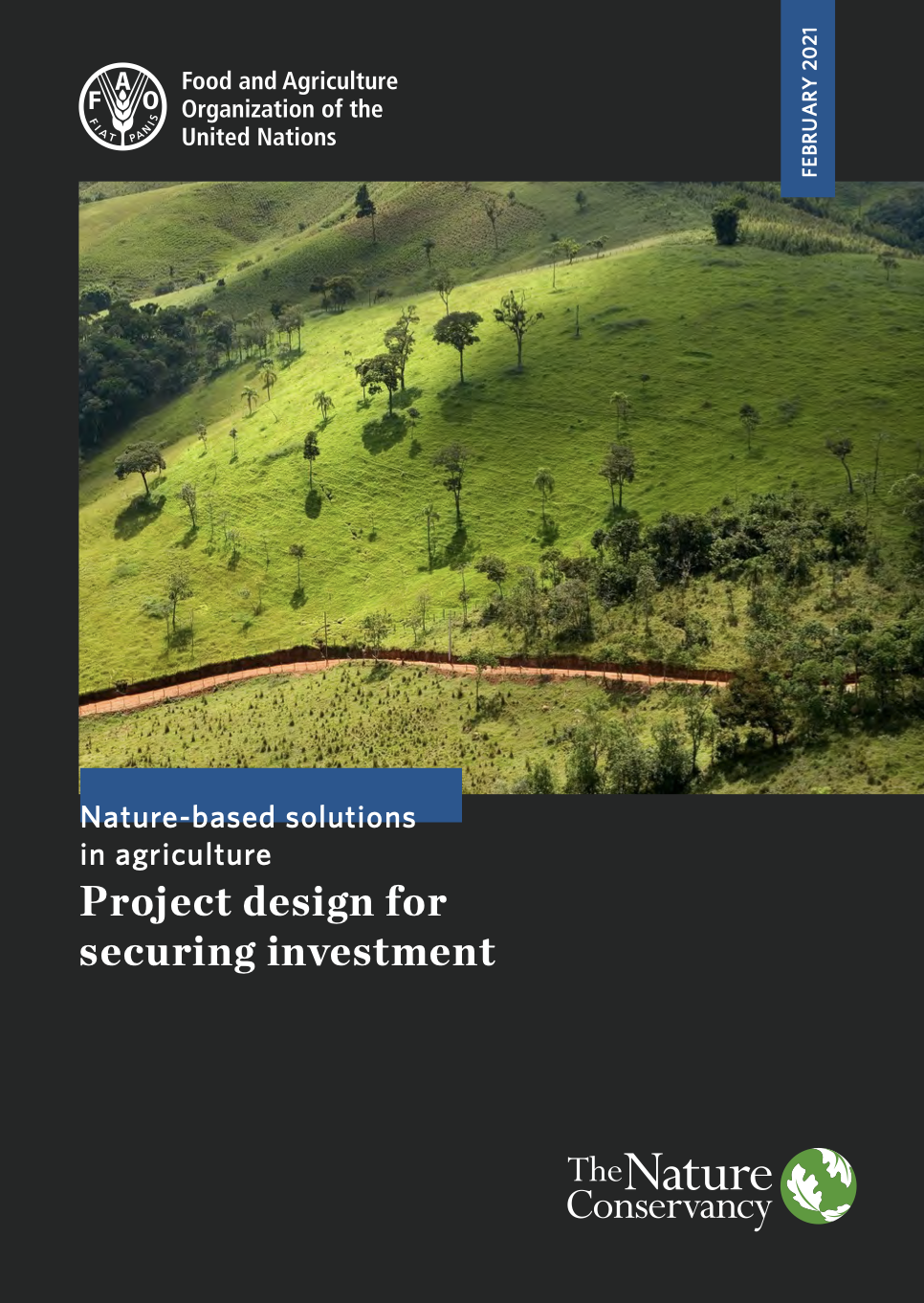
Ag-NbS: Project design for securing investment
This finance guide outlines recommendations for conservation practitioners and project developers to accelerate NbS for agriculture.
DOWNLOAD
Global Insights
Check out our latest thinking and real-world solutions to some of the most complex challenges facing people and the planet today.
